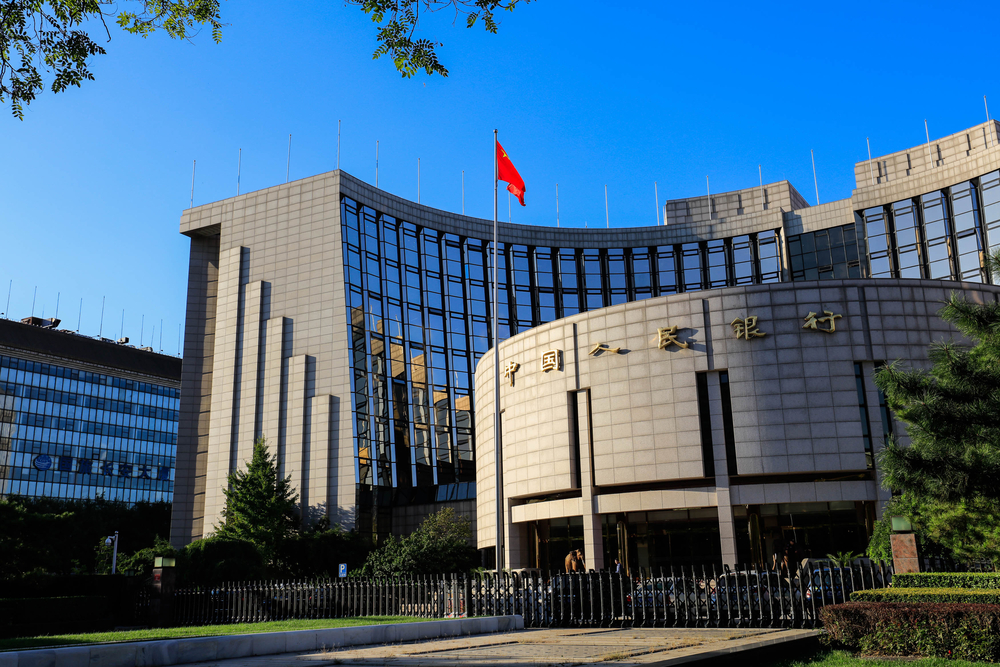Recent news reports show that central banks in some of the world’s major nations are taking heterodox measures to combat the economic crisis caused by the coronavirus pandemic. The United States, China, the European Union and Japan have implemented intense policies to stimulate economies to try to minimize the effects of the crisis.
Central banks’ measures to combat the crisis
From the United States, news came out that the Federal Reserve Bank of New York is considering implementing yield targets specific to Treasury bonds as a way to ensure that interest rates remain low, as well as keeping the benchmark rate close to zero. In other words, the central bank has put on the radar a control of the interest curve.
In practice, this means more money injected into the economy in an artificial way. This is because when the central bank lowers the interest rate, if market-operating agents think there are risks on the horizon, the long-term interest rate rises. If there is control of the long curve, the interest rate does not rise as the market should and this comes at a cost to countries. In addition, in April, the bank had already approved US$ 2.3 trillion in new loans to support the economy.

On the other side of the world, China announced on May 27 the injection to the equivalent of US$ 16.8 billion into the economy via the banking system to combat the effects of the crisis. China’s central bank promised in its first-quarter monetary policy report that it will intensify countercyclical adjustments to support the real economy and make monetary policy more flexible. China is another country that has already injected the equivalent of hundreds of billions of dollars into its economy.
In Europe, it is the same policy. The European Central Bank has announced hundreds of billions of euros in new bond purchases to continue fighting the pandemic crisis. In March, the institution had already authorized the injection of 500 billion euros into the economy.
In Japan, the stimulus program raised the financial volume of its government bonds under its ownership to levels approximately 90% higher than its GDP. The increase, which in practice is a massive injection of money into the economy, aims to achieve the 2% inflation target. The size of foreign currency assets held by the BoJ also nearly quadrupled during the fiscal year ending in March.
Central banks’ performance is in Transfero’s investment thesis
The measures being taken by central banks aggravate a scenario that was initiated with the 2008 housing crisis. Since then, the world has experienced a decade of low interest rates and inflated assets by buying papers by central banks. It is this scenario that leads to Transfero’s investment thesis that digital assets have high potential for appreciation in the medium and long term.







